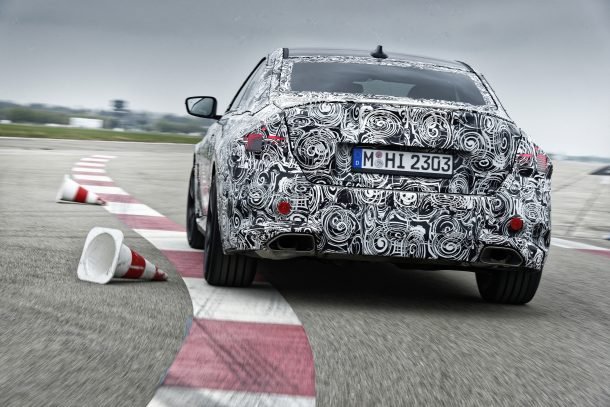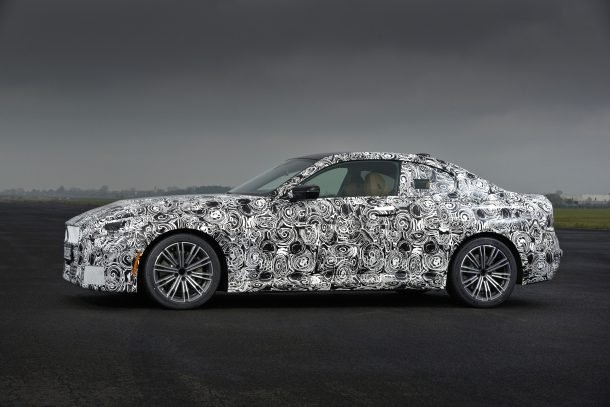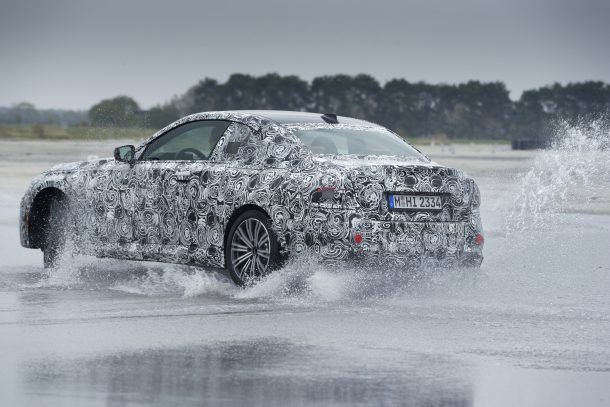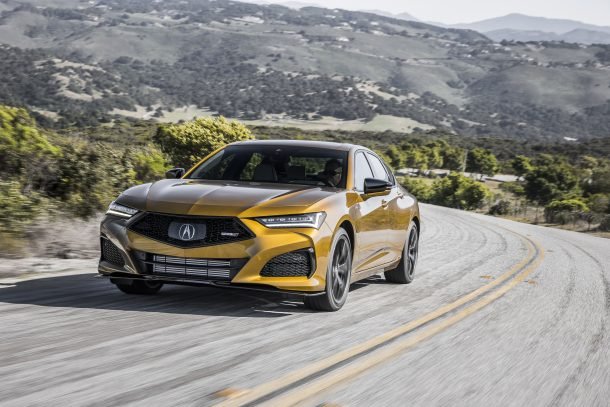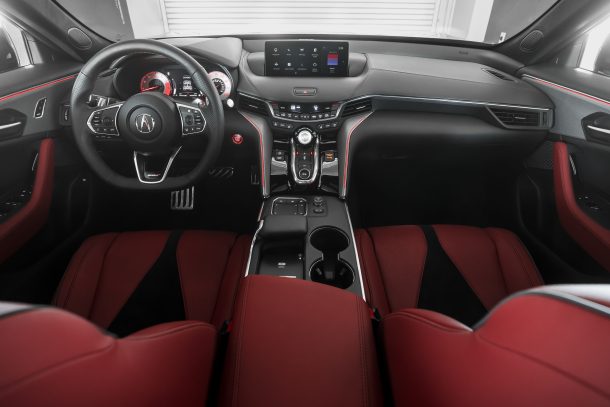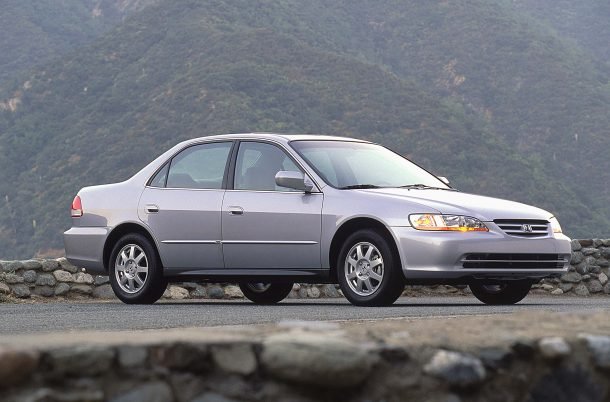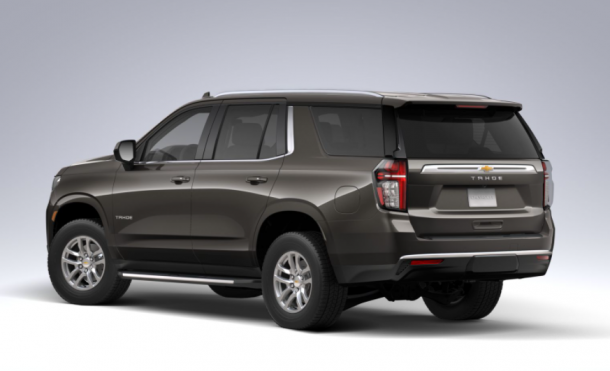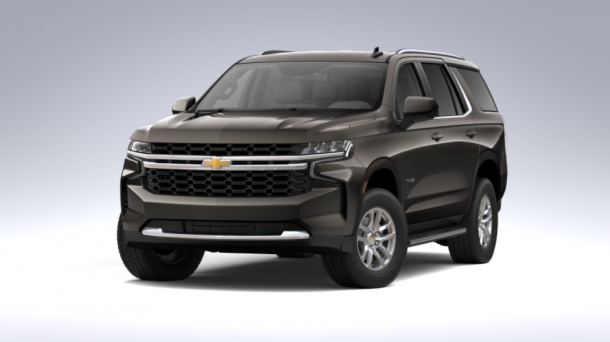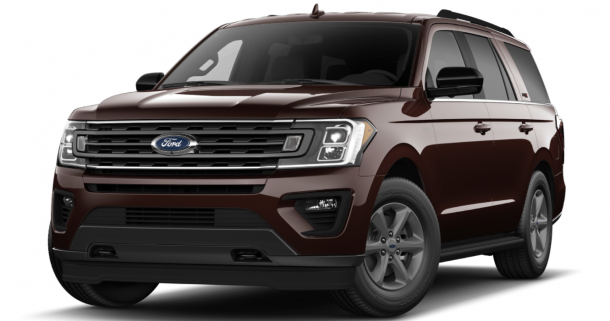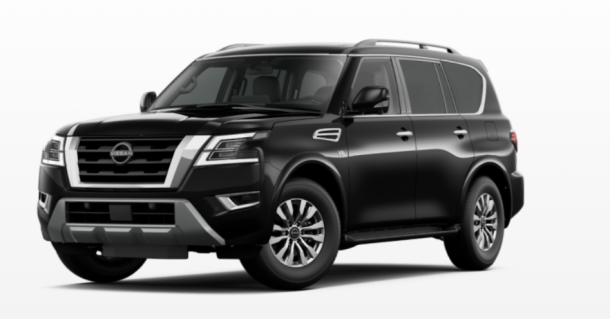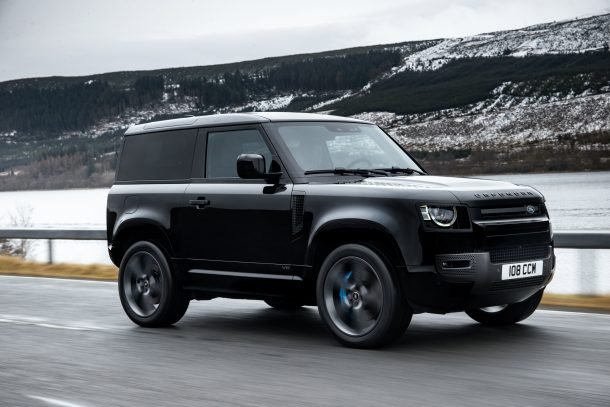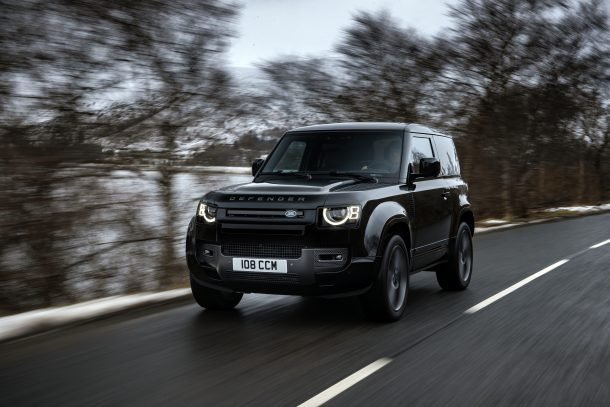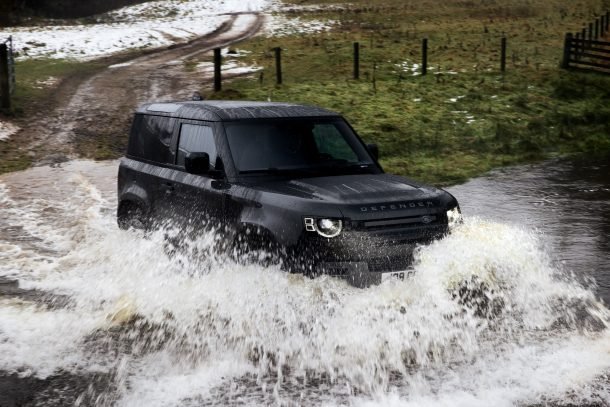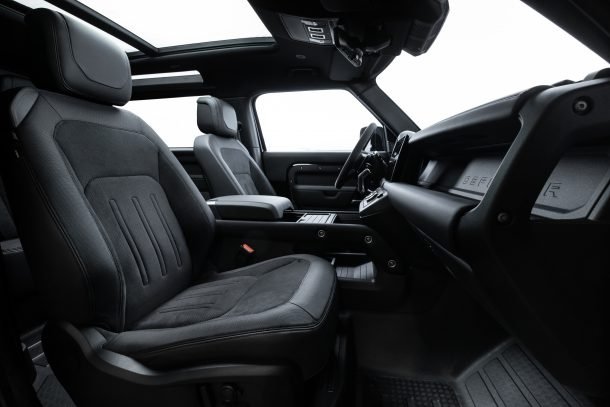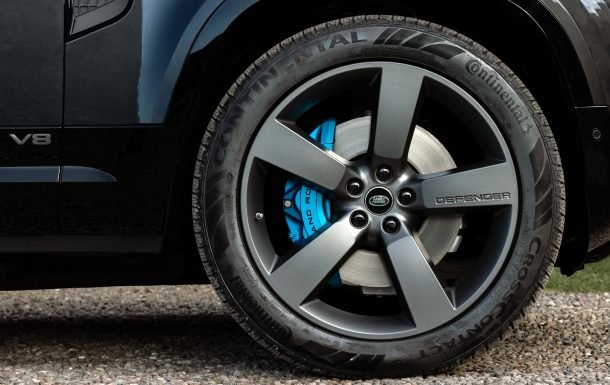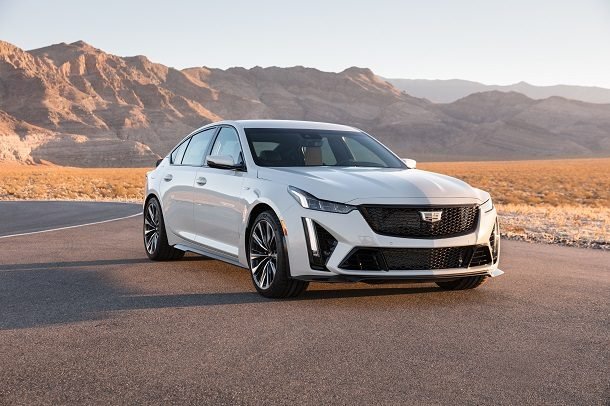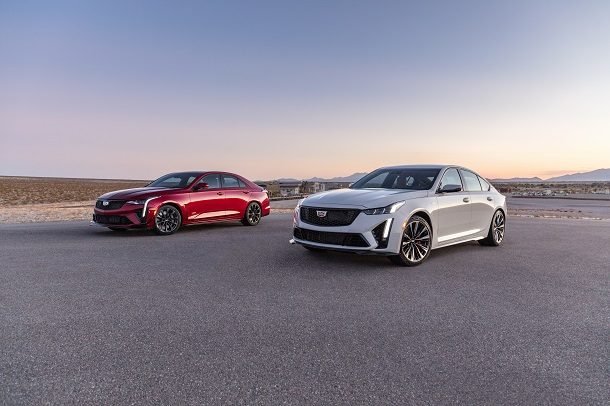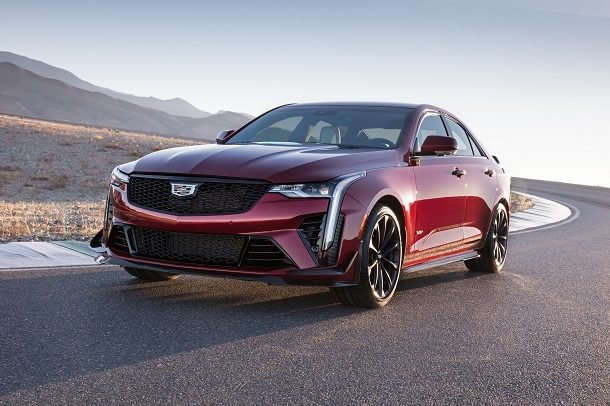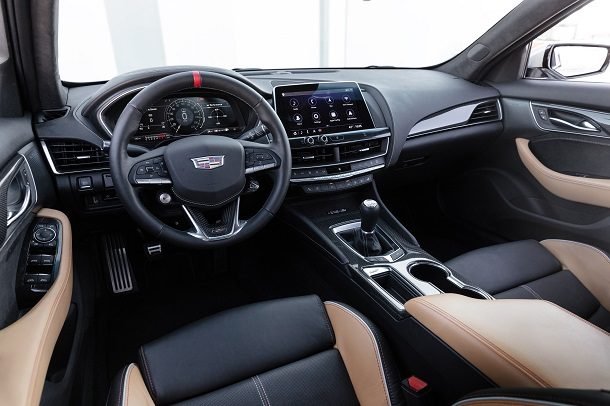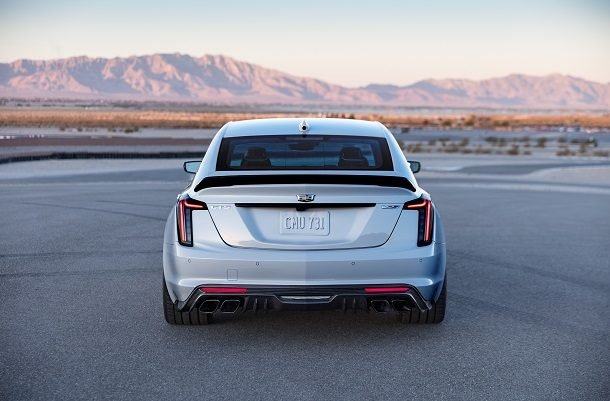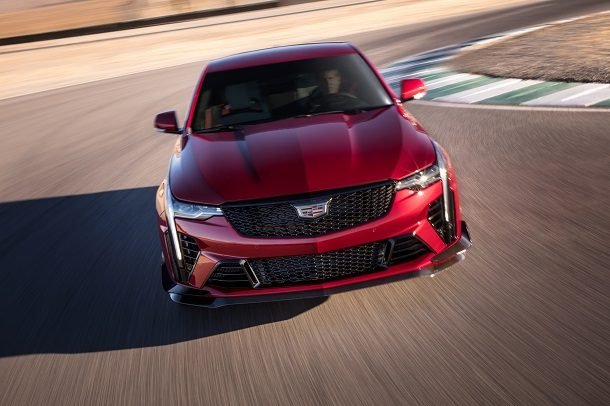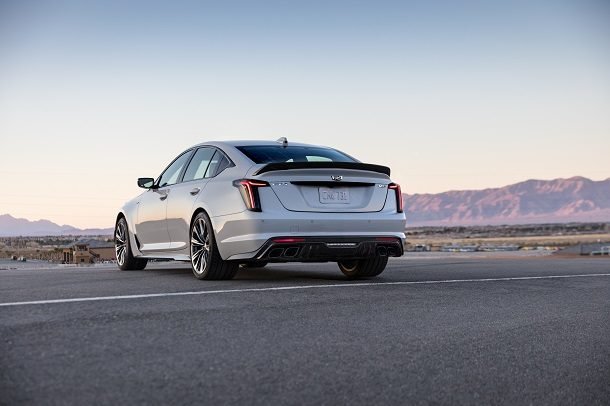Virrage Images/Shutterstock
” data-medium-file=”http://lntransportation.net/wp-content/uploads/2021/08/nhtsa-resumes-inquisition-of-tesla-autopilot-2.jpg” data-large-file=”http://lntransportation.net/wp-content/uploads/2021/08/nhtsa-resumes-inquisition-of-tesla-autopilot.jpg” class=”aligncenter size-large wp-image-1770456″ src=”http://lntransportation.net/wp-content/uploads/2021/08/nhtsa-resumes-inquisition-of-tesla-autopilot.jpg” alt width=”610″ height=”407″ srcset=”http://lntransportation.net/wp-content/uploads/2021/08/nhtsa-resumes-inquisition-of-tesla-autopilot.jpg 610w, http://lntransportation.net/wp-content/uploads/2021/08/nhtsa-resumes-inquisition-of-tesla-autopilot-1.jpg 75w, http://lntransportation.net/wp-content/uploads/2021/08/nhtsa-resumes-inquisition-of-tesla-autopilot-2.jpg 450w, http://lntransportation.net/wp-content/uploads/2021/08/nhtsa-resumes-inquisition-of-tesla-autopilot-3.jpg 768w, http://lntransportation.net/wp-content/uploads/2021/08/nhtsa-resumes-inquisition-of-tesla-autopilot-4.jpg 120w, http://lntransportation.net/wp-content/uploads/2021/08/nhtsa-resumes-inquisition-of-tesla-autopilot-5.jpg 1000w” sizes=”(max-width: 610px) 100vw, 610px”>
The National Highway Traffic Safety Administration (NHTSA) has been keeping tabs on Tesla’s Autopilot for years, sometimes giving crashes involving the system a bit more attention than they otherwise would have. But the extra scrutiny seemed to dissipate as practically every automaker on the planet introduced their own advanced driving suites and Telsa seemed to preemptively adhere to fast-approaching government regulations (and industry norm) by introducing driver-monitoring cameras.
On Friday, the NHTSA returned to business as usual and announced it had opened a preliminary evaluation of Autopilot to determine if there were any problems with the system. The agency has claimed it received at least 11 verifiable crash reports since 2018 where a Tesla product struck at least one vehicle that was already at the scene of an accident. It’s sort of a weird metric but allegedly worthy of the NHTSA wanting to look into every model the company produced between 2014 and 2021. However, actually reading the report makes it sound like the agency is more preoccupied with how Tesla’s system engaged with drivers, rather than establishing the true effectiveness of Autopilot as a system.
From the report:
Most incidents took place after dark and the crash scenes encountered included scene control measures such as first responder vehicle lights, flares, an illuminated arrow board, and road cones. The involved subject vehicles were all confirmed to have been engaged in either Autopilot or Traffic Aware Cruise Control during the approach to the crashes.
Autopilot is an Advanced Driver Assistance System (ADAS) in which the vehicle maintains its speed and lane centering when engaged within its Operational Design Domain (ODD). With the ADAS active, the driver still holds primary responsibility for Object and Event Detection and Response (OEDR), e.g., identification of obstacles in the roadway or adverse maneuvers by neighboring vehicles during the Dynamic Driving Task (DDT).
As a result, the Office of Defects Investigation says it has started investigating Autopilot (SAE Level 2) equipped to all Tesla models (S, X, 3, and Y) manufactured between 2014 and 2021. The goal will be to assess the associated “technologies and methods used to monitor, assist, and enforce the driver’s engagement with the dynamic driving task during Autopilot operation.”
While it also plans to look into the general effectiveness of Autopilot but it’s written into the report almost as an afterthought, making the whole thing a bit curious. The government granted manufacturers quite a bit of leeway in terms of where and how they tested autonomous vehicles for years, with the NHTSA doing little to buck the trend. Retroactively looking into Tesla vehicles for not being sufficiently obnoxious to convince operators not to use Autopilot seems genuinely stupid. Most forms of ADAS encourage drivers to check out of the driving experience, encouraging complacency behind the wheel.
That’s not really a defense on behalf of Tesla either. Your author routinely bashed the company for rolling out Autopilot irresponsibly and there are more than enough examples of drivers doing something truly stupid to help that case. But the government already allowed it to sell those vehicles and hasn’t done nearly as much to chide other manufacturers who are offering similar systems that also yield questionable efficacy. Tesla simply got there first, had better (albeit questionable) marketing, offered more features, and took all the early praise.
The NHTSA frequently goes out of its way to remind people that no commercially available vehicles are capable of driving themselves while simultaneously giving the go-ahead to automakers who stop just short of making the absolute counterclaim. Seeing the agency suddenly launch a preliminary investigation that could ultimately lead to a recall campaign of 765,000 vehicles makes it seem like it has a vendetta against Tesla or a desperate need to look competent. Why not have a full assessment of literally every vehicle sold with features that qualify as SAE Level 2 rather than single out the highest-profile manufacturer selling the least amount of cars?
Probably because that would require a lot more work and gum up the works for legacy automakers that have better relationships with government entities. Let’s not forget that Tesla was the only domestic automaker deemed ineligible for the latest EV subsidies on account of its opposition to unionization and has a history of butting heads with regulators and the State of California. But it would be irresponsible for me to claim that’s the agency’s de facto reasoning, rather than a strong hunch.
The NHTSA has at least started requiring automakers to report crashes where advanced driving systems were engaged during or immediately before the crash. That should eventually help build a foundation of data to help make more informed decisions moving ahead. But the recent focus on driver monitoring remains unsettling, particularly as we’ve seen bizarre inclusions in unrelated bills attempting to mandate enhanced government surveillance of vehicle occupants. If the NHTSA was serious about any of this, it would take a look at how oversized central displays are encouraging distracted driving and put some additional effort behind its generalized ADAS assessments.
Tesla has plenty of problems and frequently makes decisions that run counter to good taste. Autopilot may even have serious issues that need to be addressed. But if other manufacturers aren’t subjected to the same level of scrutiny, then the NHTSA hasn’t done its job. There are millions of less-expensive vehicles equipped with similar systems, some I’ve personally seen fail in ways that could have easily resulted in an accident. Frankly, I would argue most ADAS fail to work as advertised and encourage complacency to a potentially dangerous degree. However, they don’t make the headlines or end up on the receiving end of enhanced regulatory pressure.
Either these systems work well and should be retained or they don’t and must be removed — the badge on the front of the car should be irrelevant. Nobody has done a great job with autonomy and the solutions being presented by regulators are truly unsavory, we should all be tired of pretending otherwise.
[Image: Virrage Images/Shutterstock]
Become a TTAC insider. Get the latest news, features, TTAC takes, and everything else that gets to the truth about cars first by subscribing to our newsletter.

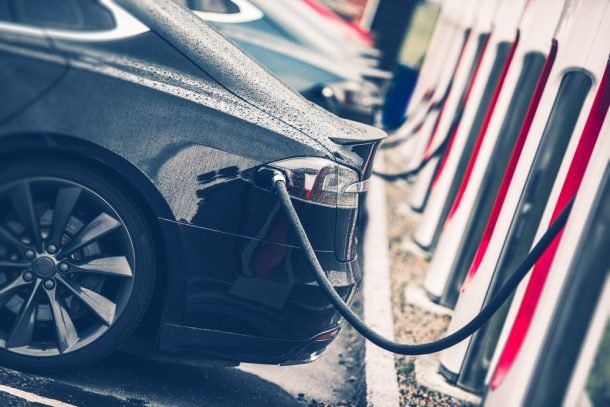

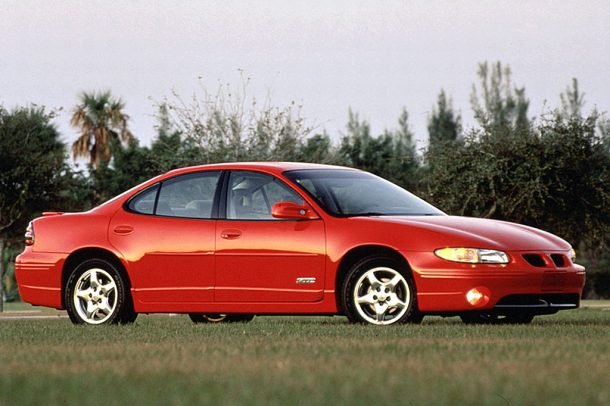
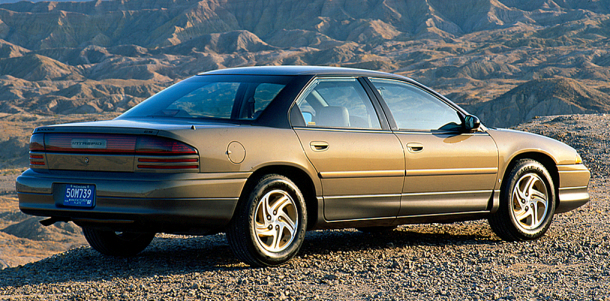
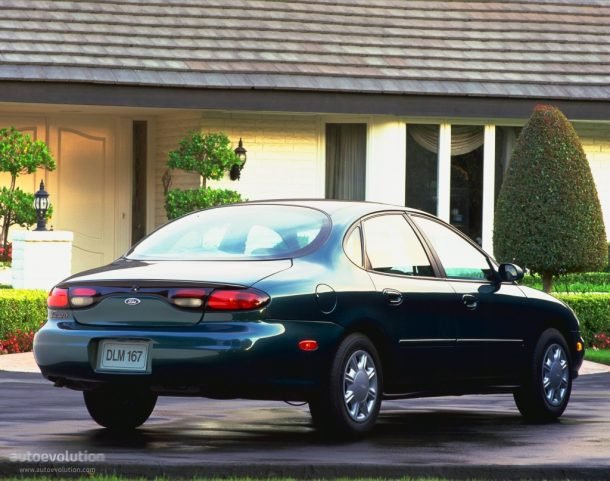
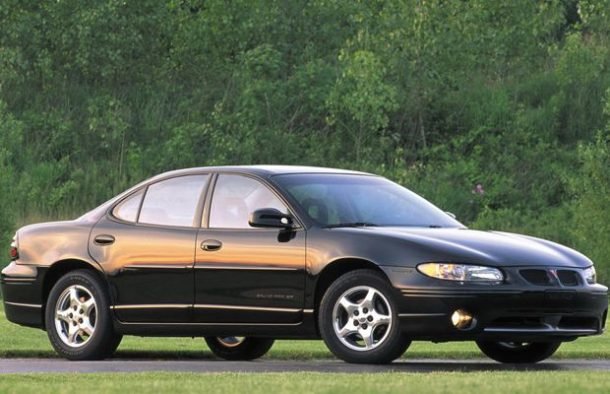

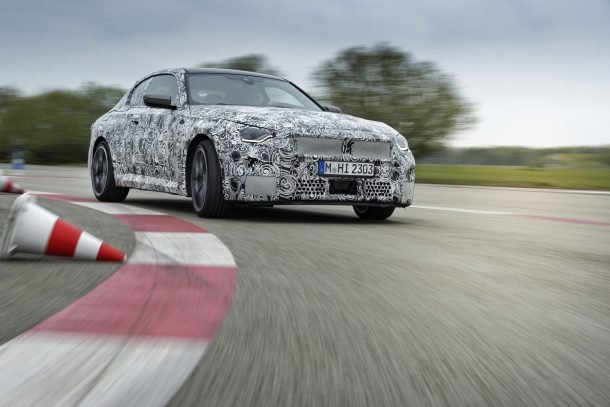
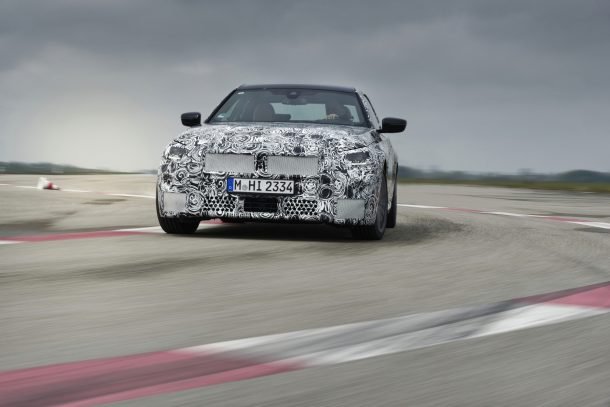 The new BMW 2 Series is being described as more nimble, agile, and powerful than previous models.
The new BMW 2 Series is being described as more nimble, agile, and powerful than previous models.